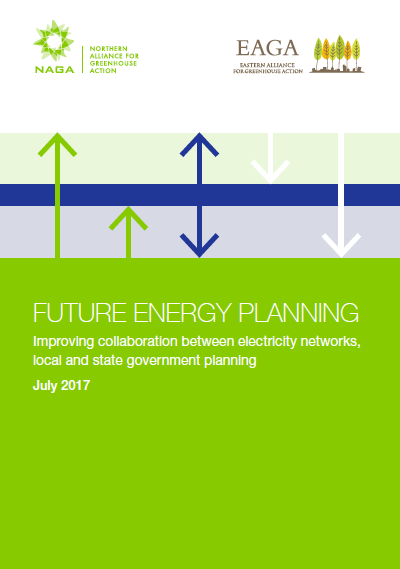The Future Energy Planning project sought to build better collaboration between electricity networks and local government planners, in Victoria.
|
Currently, electricity network planning and land-use planning currently occur in isolation, meaning long term, viable and sustainable options for integrating demand and supply side opportunities are missed.
The project sought to enable local governments and Distribution Network Service Providers (DNSP) to work co-operatively on well planned integrated energy solutions by:
This project was funded through a grant from Energy Consumers Australia (ECA) and was led by NAGA with support from the Eastern Alliance for Greenhouse Action (EAGA). The final report is available by clicking the image on the left. Photo by Edbert Als on Unsplash. |

